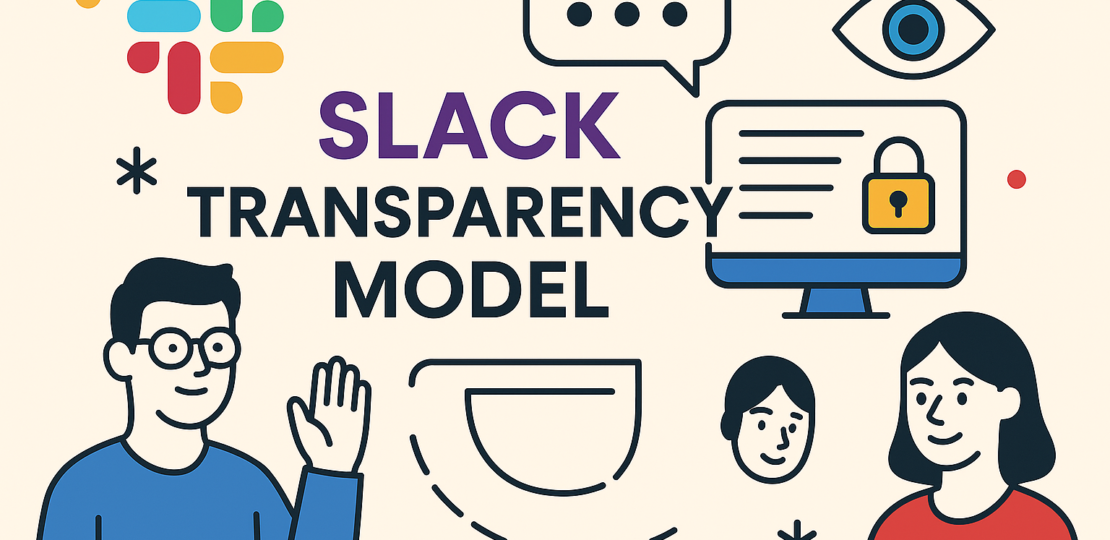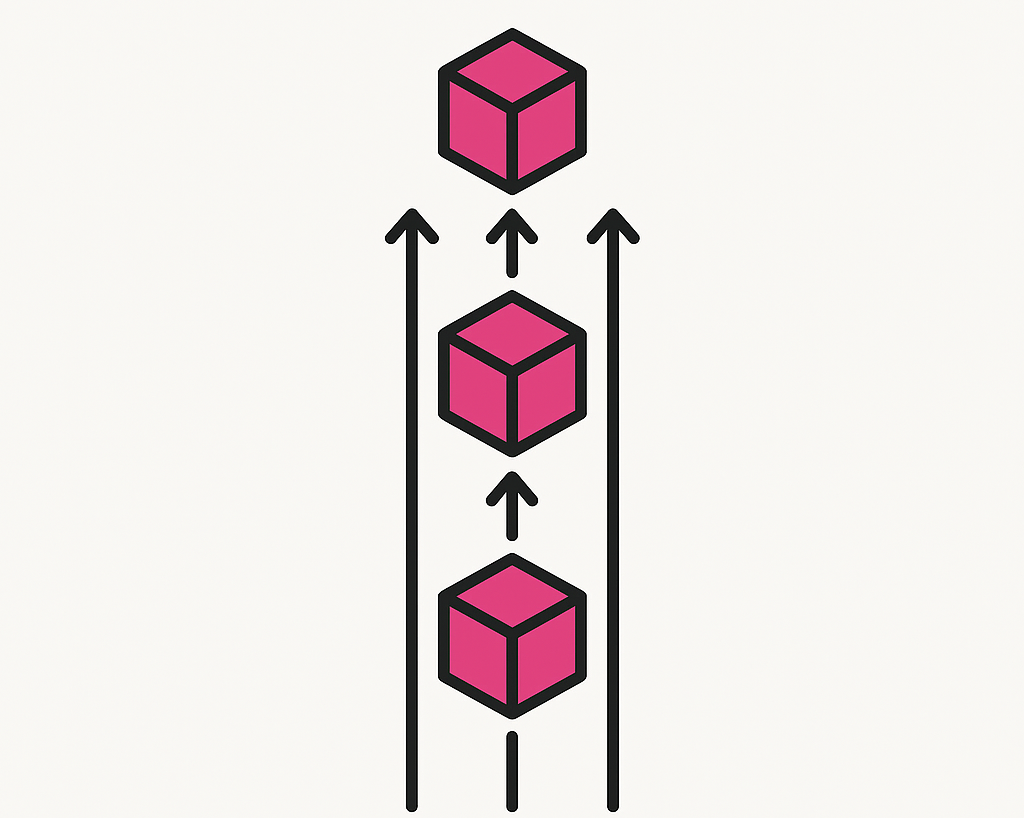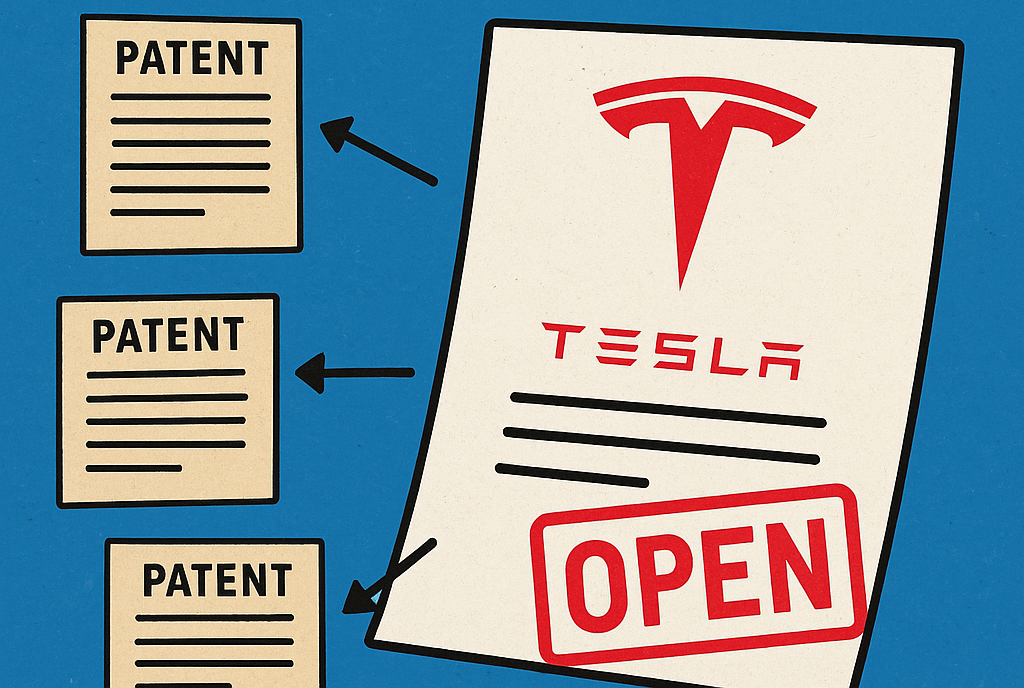
Most workplaces used to run on email — private, scattered, and often slow. But when Slack entered the scene in the early 2010s, it introduced more than just a new messaging tool. It introduced a new culture of internal transparency. Unlike email, where most communication happens one-on-one or in small groups, Slack made conversations open by default. Channels are public within a company, and anyone can jump in, observe, contribute, or search past discussions — changing how teams collaborate from the inside out.
This wasn’t just a technical choice. It was a deliberate philosophy: the idea that when people can see what others are working on, share ideas freely, and access information without needing permission, work gets better. Junior employees can follow leadership conversations. Different departments can avoid duplicating work. Decisions and context become more visible. And perhaps most importantly, trust builds through visibility — not backroom emails.
One famous example: Slack employees used Slack itself to build Slack. Designers, engineers, and marketers all worked in open channels, so that feedback, bugs, and ideas moved faster — without bottlenecks. This open channel model also allowed cross-functional learning and gave everyone a real-time pulse on product development. Over time, this style of work spread beyond startups to large organizations and even government agencies adopting Slack and similar tools.
Slack’s internal transparency model is now seen as a blueprint for modern team communication: less secrecy, more visibility. Of course, not every conversation should be public, and private channels still exist. But the core idea remains: when information flows freely, people can collaborate more effectively, stay aligned, and feel included — no matter their title or team.
RELATED POSTS
View all


